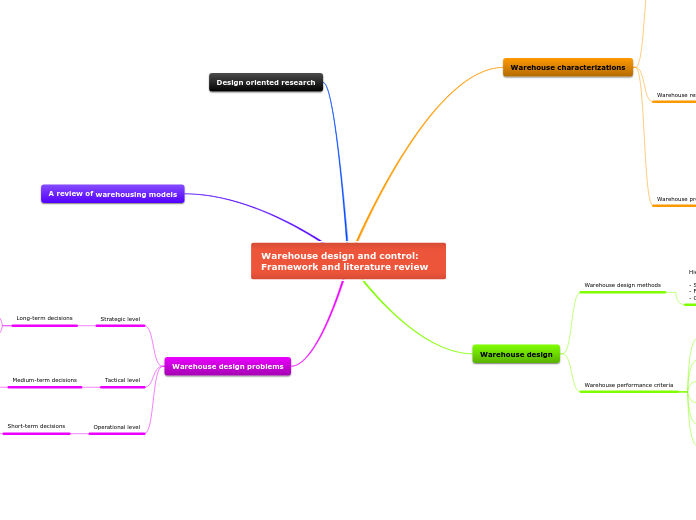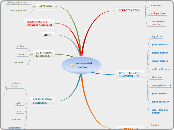realizată de Daniel Rincón 5 ani în urmă
430
Warehouse design and control: Framework and literature review
Warehouses play a crucial role in the supply chain, involving various processes that ensure the efficient storage and retrieval of goods. The design and control of a warehouse encompass multiple facets, including the allocation of tasks, the organization of storage, and the retrieval and handling of items.









